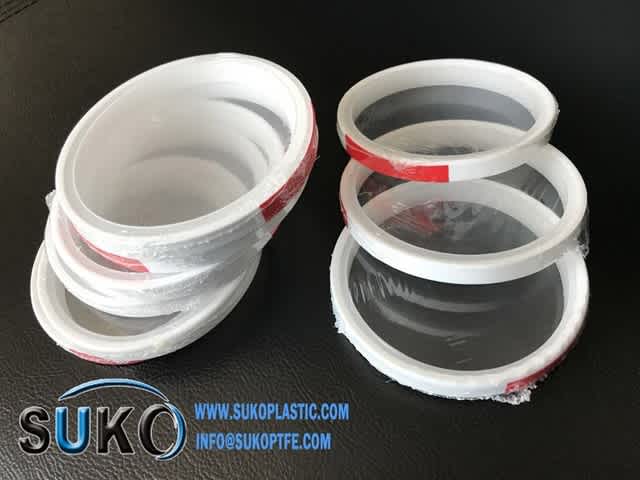The commonly used molding materials are mainly composed of resin matrix, reinforcing materials, fillers, pigments, etc., and according to the process and performance requirements, the resin matrix is also added with curing agent, thickener, internal release agent, solvent and other additives. Reinforcement material is the skeleton material of die pressing material, which mainly endows die pressing material with excellent mechanical properties and prevents the propagation of micro-cracks. The main varieties of reinforcement materials are various glass fiber felt, no twist roving, no twist coarse gauze, chopped fiber, ground fiber, glass yarn and fabric and other varieties of fiber. The main function of resin matrix in molding material is to bond the reinforcing material and filler together, which not only protects the reinforcing material, but also makes it uniform force under external load. Theoretically, most types of thermoplastic and thermosetting resins can be used as resin matrix materials. There are polyester resin, epoxy resin, amino resin and phenolic resin. A large number of various types of fillers are used in the molding material, the main function of which is to reduce the material cost, improve the process, improve the molding material some physical properties, appearance and give some characteristics. Fillers are mostly in powder form, such as clay, calcium carbonate, talcum powder and some fillers with special performance requirements.
The basic requirements of resin in molding are as follows: good infiltration performance of reinforcing materials and fillers to improve the bonding strength between resin and glass fiber; Resin to have the appropriate: viscosity, good fluidity, so that in the molding process of resin and glass fiber at the same time full of all corners of the cavity, to obtain a balanced strength of the molding products; Resin curing temperature is low, less volatile in the curing process, good technology (such as viscosity easy to adjust, good solubility with various solvents, easy to release mold, etc.), and can meet the mold products specific performance requirements. In addition, from the point of view of application or other point of view, the resin should also meet some other special performance requirements, such as corrosion resistance, heat resistance and so on. From the perspective of production efficiency, fast curing speed of resin is required, but for some large products with complex structure and higher requirements, the curing speed should be properly controlled. Resin curing after high mechanical strength, good toughness, avoid from the mold when taken out, in the case of bending cracking or breaking. Therefore, the selection of resin, will become a very important factor affecting the whole process.
Molding products are commonly used in thermosetting resin, thermoplastic resin in the molding process of the application of less. The main thermosetting resins are phenolic resin, epoxy resin, epoxy phenolic resin, polyvinyl butanal resin, unsaturated polyester resin, etc.













